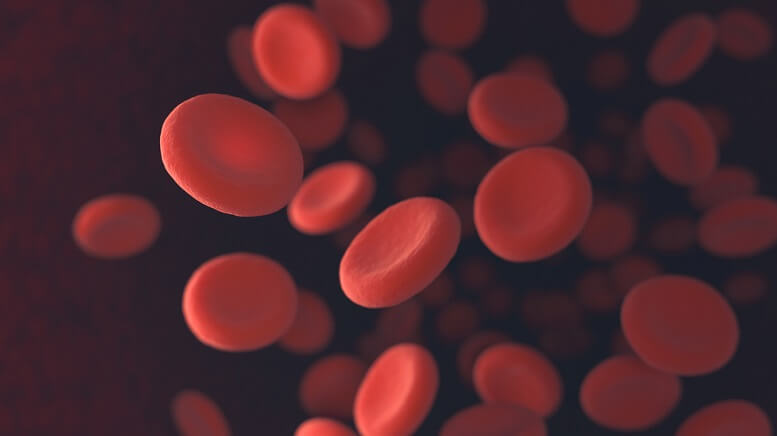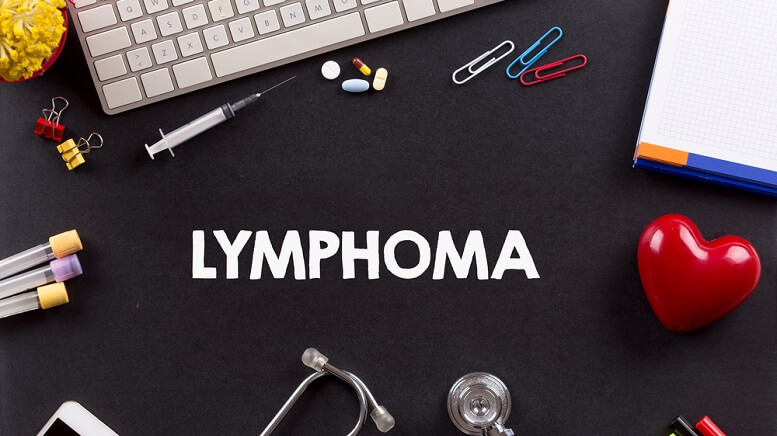Deep vein thrombosis is a serious medical condition that occurs when a blood clot forms in one or more deep veins in your body, typically in your legs.
Deep vein thrombosis can develop when you don’t move for a long period, such as after surgery or an accident that confines you to bed for an extended amount of time. This condition can also occur if you have certain medical conditions that affect how your blood clots. Deep vein thrombosis can be very dangerous, as blot clots in your veins can break loose, travel through your bloodstream, lodge in your lungs, and block blood flow, which can ultimately lead to death.
After being diagnosed with deep vein thrombosis, treatment usually focuses on preventing the blood clot from growing any larger. Deep vein thrombosis treatment can also prevent the clot from breaking loose and causing further, potentially life-threatening complications. What’s more, it also reduces your chances of developing this condition again in the future.
Let’s take a look at the different deep vein thrombosis treatment options.
Blood Thinners
In most cases, anticoagulant medications (aka blood thinners) are used to treat deep vein thrombosis. Though blood thinners cannot break up existing blood clots, these drugs work by decreasing your blood’s ability to clot, which can also prevent existing clots from growing larger. What’s more, treating deep vein thrombosis with blood thinners will reduce your risk of developing additional blood clots.
There are several anticoagulant medications, including injections and oral medications. Some of the most common include Lovenox (enoxaparin), Fragmin (dalteparin), Arixtra (fondaparinux), Coumadin (warfarin), and Xarelto (rivaroxaban).
It’s important to understand that blood thinners can come with serious side effects if you take too much or too little of them, so be sure to follow your doctor’s specific instructions. You will likely have to take blood thinners for at least three months when dealing with deep vein thrombosis.
Clotbusters
If blood-thinning medications are not working or if you are experiencing a more serious type of deep vein thrombosis, your doctor may recommend something else. Thrombolytics, also known as “clotbusters,” are a kind of medication that activates tissue plasminogen. They are administered through a catheter or IV line and break up blood clots that have become dangerous. Thrombolytic drugs are only administered in a hospital’s intensive care ward and are only used in life-threatening situations and can cause severe bleeding.
Filters
If you are unable to take medications to thin your blood, your doctor might suggest a procedure that involves inserting a filter into a large vein in your abdomen known as your vena cava. This will prevent any clots that break loose from lodging in your lungs and causing a pulmonary embolism.
Compression Stockings
Deep vein thrombosis can also cause swelling. Compression stockings are useful in the treatment of deep vein thrombosis as they prevent swelling from occurring by putting pressure in the area of the clot. The pressure will also reduce your risk of future clotting.
Original source: http://findquickanswers.com/treatment-of-deep-vein-thrombosis/
Featured image: DepositPhotos – ktsdesign








